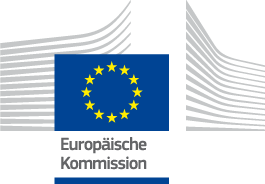

Good Practice Project
From the late 1990s and for almost all the 2000s, the production of clams (Tapes philippinarum) in the Venetian lagoons was one of the main revenue sources for local fishermen. However, the lack of youth recruitment, coupled with a general depreciation of the product, has led to a crisis in the sector. The warty venus clam (Venus verrucosa), also known as a “sea truffle” for its high economic value, has also been present in the area and sometimes caught as by-catch though never commercialized because of the scarce capture volumes.
A local fisheries cooperative, in partnership with a research institute (Agri.Te.Co) and the Venetian FLAG, decided to experiment with breeding and cultivating these warty venus clams to diversify the area’s aquaculture production and increase the market supply of local fisheries products. As these bivalve molluscs are traditionally consumed raw, the product quality required close monitoring and the project aimed to test whether it was feasible to cultivate sea truffles to food safety standards and whether the activity could be economically viable. It was hoped that by moving the clams to designated areas of the lagoon, they could be grown to commercial size while assuring the necessary quantity. This pilot project involved several phases:
Five breeding areas were identified and tested and two (for a total of 15 hectares) were discovered to be suitable for breeding warty venus clams. For the first time, these clams, which are typically a marine species, were successfully farmed in a lagoon environment, demonstrating that it was possible to reach commercial quality and quantity.
Although the quantities of the clams produced are small compared to well-known commercial species such as sea clams or mussels, the value can reach up to €10/kg for the fisherman (first sale price) and €25-35 for the end consumer. This has sparked interest among a dozen local fishermen to diversify their activities.
Testing out the production of new species for aquaculture is something that FLAGs can be well-placed to support if underexploited species exist in their areas – including in non-lagoon environments. However, strong collaboration with interested research organizations is necessary and support from local public authorities is also extremely important.
| Total project cost | €50 000 |
|---|---|
| FLAG grant |
€50 000
|
| Timeframe of implementation | From Apr 2014 to May 2015 |
|---|---|
| Sea Basins |
|
| Type of area |
|
| Theme |